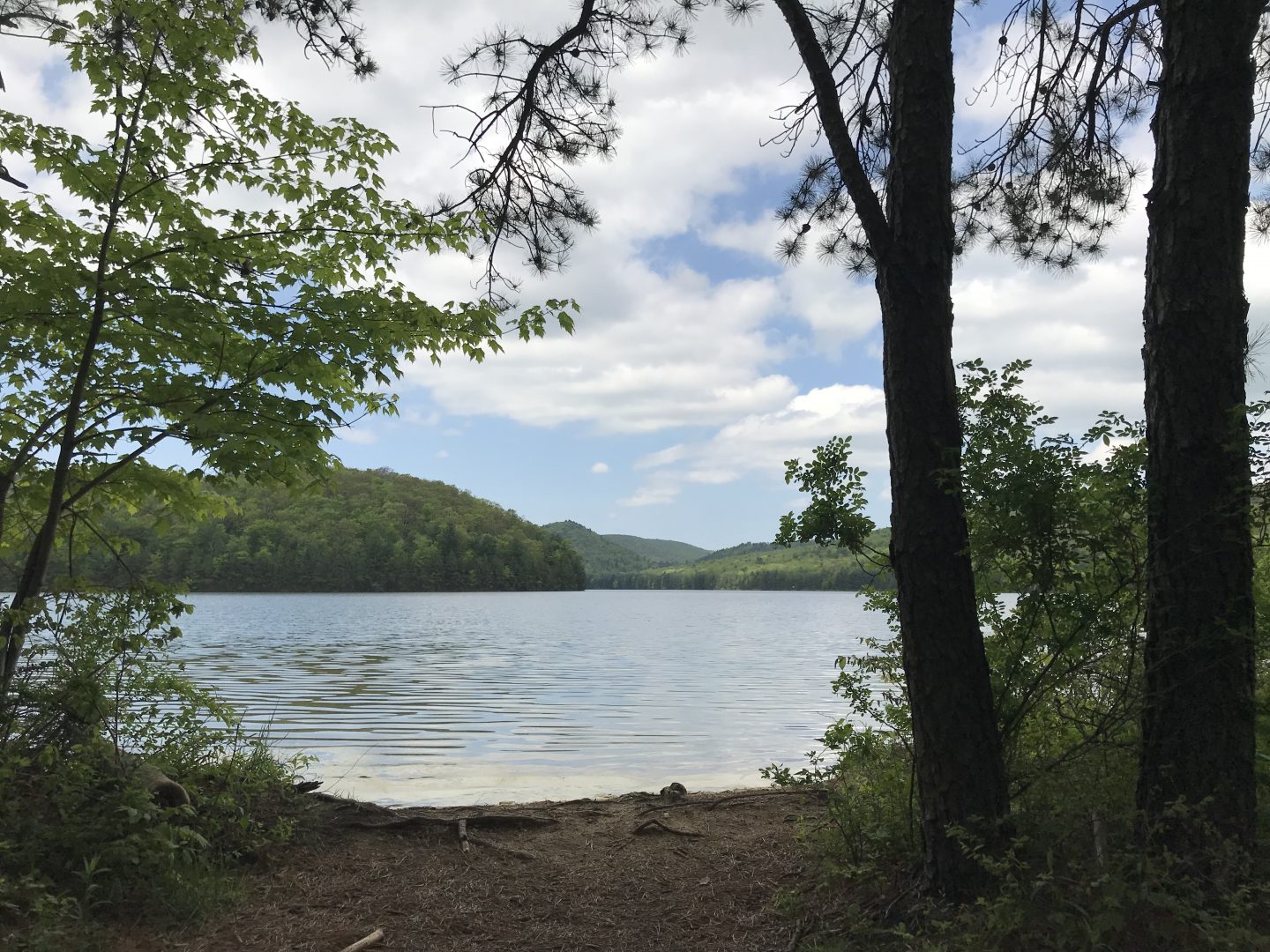
Michaux State Forest
Marie Cusick / StateImpact Pennsylvania


Michaux State Forest
Marie Cusick / StateImpact Pennsylvania

Marie Cusick / StateImpact Pennsylvania
Michaux State Forest
Pennsylvania conservation officials have released a plan to confront climate change on public land as flooding, wildfires and warmer bodies of water pose threats to wildlife, landscapes and recreation.
Among the recommendations in the 53-page plan:
“We have to really take a close look at habitats across the state, and how we connect them so species can move north to higher elevations,” said Greg Czarnecki, climate change and research coordinator for the Department of Conservation and Natural Resources.
He said the state will identify microclimates — small areas that differ from the surrounding climate — that are most resilient to climate change, then try to physically connect them by acquiring new land or developing easements with property owners.
The department will start by focusing its climate change efforts along South Mountain in south-central Pennsylvania while educating staffers elsewhere to take similar steps.
Czarnecki said the priorities outlined in the plan will be put in place over the next five years. Officials will make changes along the way as they monitor what’s effective and new challenges that emerge, he said.
“A real focus of the plan is intentionality,” Czarnecki said. “As we look at what we do, we need to look through the lens of climate change.”
The plan states that the department will need more employees to carry it out, though Czarnecki said he’s unsure of future staffing plans.
Environmental group PennFuture welcomed the department’s effort.
“The sweep and ambition behind the plan reflects the enormous challenges that our state has before us in meeting and addressing the threat of climate change, which reaches all facets of life from transportation to public health, wildlife and beyond,” president Jacquelyn Bonomo said in a statement.
The plan came about from a 1.5-year process that convened 80 department employees to weigh in on climate change impacts and priorities. Czarnecki said he consulted with the Northern Institute of Applied Climate Science to help.
Pennsylvania DCNR Climate Change Adaptation and Mitigation Plan (Text)
StateImpact Pennsylvania is a collaboration among WITF, WHYY, and the Allegheny Front. Reporters Reid Frazier, Rachel McDevitt and Susan Phillips cover the commonwealth’s energy economy. Read their reports on this site, and hear them on public radio stations across Pennsylvania.
(listed by story count)
StateImpact Pennsylvania is a collaboration among WITF, WHYY, and the Allegheny Front. Reporters Reid Frazier, Rachel McDevitt and Susan Phillips cover the commonwealth’s energy economy. Read their reports on this site, and hear them on public radio stations across Pennsylvania.
Climate Solutions, a collaboration of news organizations, educational institutions and a theater company, uses engagement, education and storytelling to help central Pennsylvanians toward climate change literacy, resilience and adaptation. Our work will amplify how people are finding solutions to the challenges presented by a warming world.